In addition to increased reliability, the supported processors increase security capabilities at the chip level. These processors provide virtualization extensions and virtualization performance improvements. Windows 11 supports virtualization-based security which enables several security capabilities, including memory integrity, also known as hypervisor-protected code integrity .
HVCI disables dynamic code injection into the Windows kernel. HVCI also provides driver control and ensures that all drivers loaded meet a policy of allowed drivers set by Microsoft and the user. The United States Department of Defense requires virtualization-based security on Windows 10 for their devices. In partnership with our OEM and silicon partners, we will be enabling VBS and HVCI on most new PCs over this next year. And we will continue to seek opportunities to expand VBS across more systems over time.
Citing security considerations, the system requirements for Windows 11 were increased over Windows 10. While the OS can be installed on unsupported processors, Microsoft does not guarantee the availability of updates. Windows 11 also drops support for 32-bit x86 CPUs and devices which use BIOS firmware. Original equipment manufacturers can still ship computers without a TPM 2.0 coprocessor upon Microsoft's approval. Some third-party software may refuse to run on unsupported configurations of Windows 11. As part of the minimum system requirements, Windows 11 only runs on devices with a Trusted Platform Module 2.0 security coprocessor.
According to Microsoft, the TPM 2.0 coprocessor is a "critical building block" for protection against firmware and hardware attacks. In addition, Microsoft now requires devices with Windows 11 to include virtualization-based security , hypervisor-protected code integrity , and Secure Boot built-in and enabled by default. The operating system also features hardware-enforced stack protection for supported Intel and AMD processors for protection against zero-day exploits. Windows 11 continues our strong commitment to compatibility. This means that devices can upgrade to Windows 11 and critical apps and devices will simply work. Raising the Windows 11 minimum system requirements enables us to better support apps and hardware for drivers and devices.
Feedback also shows us that unsupported hardware is more likely to have older drivers that are incompatible with new OS features such as VBS. Supported hardware also comes with modern drivers, which helps ensure not only the reliability we mentioned earlier, but also great hardware compatibility. Cunningham concluded that "as I've dug into and learned its ins and outs for this review, I've warmed to it more", but argued that the OS was facing similar "public perception" issues to Windows Vista and Windows 8. Warren noted that he rarely used the Widgets panel or Microsoft Teams, citing that he preferred the weather display that later versions of Windows 10 offered, and didn't use Teams to communicate with his friends and family. He also acknowledged the expansion of Microsoft Store to include more "traditional" desktop applications. The new Windows 11 is here and it surely comes with a host of interesting features.
The latest operating system from Microsoft brings you new visual changes, compatibility with Android, interesting gaming-related features, and more. The company has also revealed that a vast majority of PC or laptop available in the market will be compatible with Windows 11. The brand has also released a list of minimum requirements and processors that support the latest operating system. That being said, if you want to know whether your Windows 10-powered laptop or PC is compatible with Windows 11, there is a simple way to do it. In this article, we are going to show a step-by-step guide of how you can check for Windows 11 compatibility with your laptop or PC.
At least 16GB of RAM The basic system requirements of Windows 11 differ significantly from Windows 10. Windows 11 only supports 64-bit systems such as those using an x86-64 or ARM64 processor; IA-32 processors are no longer supported. Thus, Windows 11 is the first ever consumer version of Windows not to support 32-bit processors and 16-bit software . The minimum RAM and storage requirements were also increased; Windows 11 now requires at least 4GB of RAM and 64GB of storage.
S mode is only supported for the Home edition of Windows 11. The compatibility list includes the Intel Core i7-7820HQ, a seventh-generation processor used by the Surface Studio 2, although only on devices that shipped with DCH-based drivers. If your hardware doesn't meet the minimum requirements, you may have no choice but to buy a new PC. But if it's a lack of storage space stopping your PC from meeting the minimum requirements, there's an easy fix for that. Windows 11 Upgrade Helper detects junk files that can be deleted to free up disk space.
You can then remove them with Cleaner One Pro, an easy-to-use PC cleaning tool. Cleaner One Pro was recently updated for Windows 11 with a new tidy UI that gives users an even better experience, too. For example, even though Windows 11 is available as a free optional update for Windows 10, the device must meet the new system requirements. Otherwise, you won't be able to proceed with the setup.
You need to ensure that the Trusted Platform Module and Secure Boot are enabled on the computer. You also need to make sure the device has enough space and there are no problems before continuing with the upgrade. Furthermore, you want to create a backup in the case you need to roll back, check the activation status, and create installation media. To check for Windows 11 compatibility, download and run the PC Health Check app, which will identify specific compatibility issues that prevent an upgrade. Older hardware is less likely to pass Windows 11's stringent compatibility checks; for example, most Intel 7th Generation Core processors are not on the list of compatible CPUs, nor are PCs built using AMD Zen 1 processors. PCs purchased in 2016 or earlier are almost certain to be unsupported.
For those who are using a PC that won't upgrade, and who aren't ready to transition to a new device, Windows 10 is the right choice. We will support Windows 10 through October 14, 2025 and we recently announced that the next feature update to Windows 10 is coming later this year. Whatever you decide, we are committed to supporting you and offering choice in your computing journey.
If you want to see the full Windows 11 minimum system requirements, you can visit this page. Following the results of our testing, we are making a small number of additions to the compatible processor list , but otherwise will maintain the minimum system requirements as originally set. The app will let you know if your Windows 10 PC's processor, graphics card, and other hardware are compatible with the update to Windows 11. It will also require at least 4GB of RAM and 64GB of storage. The program returns one of three possible windows after the compatibility check runs. I'm running Enterprise on my production PC and have flagged this as an error or problem with Microsoft via its Feedback Hub.
Even if your PC doesn't meet the minimum system requirements to run Windows 11, Microsoft will bring the Windows 11 update to PCs that meet the requirement for running Windows Insider Program. Basically, users who are part of the Dev and Beta channels will receive the Windows 11 update, says Microsoft in an official blog post. If your existing Windows 10 PC is running the most current version of Windows 10 and meets the minimum hardware specifications it will be able to upgrade to Windows 11. The upgrade rollout plan is still being finalized, but for most devices already in use today, we expect it to be ready sometime in early 2022.
Not all Windows 10 PCs that are eligible to upgrade to Windows 11 will be offered to upgrade at the same time. Once the upgrade rollout has started, you can check if it is ready for your device by going to Settings/Windows Updates. While some users have been trying out Windows 11 via the Windows Insider Program Microsoft has been using that data to expand the list of compatible processors. That list was updated recently to include Intel Core X-series, Xeon W-series and Intel Core 7820HQ CPUs. So it's clear that Microsoft is still testing to ensure as many machines as possible work with the new operating system and it's worth keeping an eye on the long list of supported devices. Furthermore, if you plan to upgrade with a clean installation, you will also need to make sure the computer can start from a USB flash drive.
Internet Explorer has been replaced by the Chromium-based Microsoft Edge as the default web browser, and Microsoft Teams is integrated into the Windows shell. Microsoft also announced plans to allow more flexibility in software that can be distributed via Microsoft Store, and to support Android apps on Windows 11 . This PC doesn't currently meet all the system requirements for Windows 11 – Windows 11 Upgrade RequirementsWindows 11 Upgrade Support is announced for the following processors.
These processors were not included in the initial list of supported processors for Windows 11. The PC Health tool is not updated with the latest list of supported processors. You can use thePC Health Check appto determine if your device is eligible to upgrade to Windows 11. Many PCs that are less than four years old will be able to upgrade to Windows 11.
They must be running the most current version of Windows 10 and meet the minimum hardware requirements. I have UEFI bios enabled, as well has secure boot and fTPM 2.0, and I'm also way above the spec requirements. The PC Health Check App says I'm good to go, but windows update says I don't meet the requirements. Although Microsoft has already revealed a walkaround to bypass the TPM 2.0 and processor requirements, the company has also warned users against installing the operating system on unsupported devices. After you complete the steps, the device should be able to boot from a USB installation media and pass the minimum system requirements check. – If you upgrade the operating system to Windows 11 on an unsupported device, there are risks that Microsoft documented.
Your device might malfunction due to these compatibility or other issues. Devices that do not meet these system requirements will no longer be guaranteed to receive updates . Windows 11 ISO download page, you will need to select the first option called Windows 11 Installation Assistant. This is the best option to assess the minimum system requirement before upgrading to Windows 11. Once registry entries are in place on your Windows 10 device, the Windows11InstallationAssistance.exe tool skips the check for TPM 2.0 and CPU versions.
This helps us to install Windows 11 on unsupported hardware. You can check for compatibility using the PC Health Check app to see if your current PC meets the minimum system requirements to run Windows 11. You have to download the Windows 11 PC Health Check App from the Microsoft site. As seen in the screenshot below, when users with a compatible device check for updates, Windows 10 incorrectly reports the error message "This PC doesn't currently meet all the system requirements for Windows 11.
Get the details and see if there are things you can do in the PC Health Check app". While the company has revealed that a vast majority of PCs and laptops available in the market will be compatible, there are a number of older systems that will not support the new operating system. Microsoft has already revealed a list of minimum requirements and processors that support the new OS. Here we will explain how you can check if your PC or laptop is compatible with Windows 11.
The upgrade is free for Windows 10 PCs that are compatible with Windows 11. Microsoft will release an updated version of its PC Health Check app before the launch so users can see if their PC meets the system requirements to run Windows 11. Even though Windows 11 can work on most unsupported PC, this doesn't mean it will work perfectly. Depending on the PC, some of the features may not work correctly, or Windows may corrupt or malfunction. Microsoft also doesn't recommend installing Windows 11 on unsupported devices, and there is no guarantee such devices will receive all future updates. If you're using an old PC, chances are it might not be able to install the new OS.
So before you start, you want to make sure your device is compatible. Or, in other words, your computer meets the minimum system requirements for installing Windows 11. As for hardware requirements, Microsoft said that it has worked with all major silicon partners, including AMD, Intel, and Qualcomm to ensure that Windows 11 can be deployed on most devices out in the market. However, the minimum requirements for Windows 11 are not as lightweight as Windows 10. Windows 11 will require at least 64-bit x86 or ARM processor, along with 4GB of RAM and 64GB of storage.
Windows 10, in contrast, required at least 1GB RAM and 16GB storage. Windows 11 was unveiled last month with a new interface, app icons, and a centrally placed Start menu. The rollout is expected to begin sometime later this year and will come pre-installed on new PCs. Windows 11 will be available as a free upgrade to Windows 10 users.
It is currently available for testing to Windows Insider members. Microsoft has also unveiled the feature update plan for Windows 11 every year. It has confirmed that only a single Windows 11 big feature update will be rolled out annually, whereas regular monthly quality updates will be provided for security and bug fixes. Once you complete the steps, the package will download, and you can then use it to upgrade any computer that meets the minimum requirements.
However, you will need an internet connection to proceed with the upgrade. Once you complete the steps, the tool will download the files and create an installation media, which you can then use to upgrade a compatible computer to Windows 11. If you have had the same installation for a long time, you might need to analyze and repair the current setup to fix missing or damaged files. Otherwise, during the upgrade process, the chances of running into issues will be high. However, if you plan to proceed with a clean installation using a bootable USB flash drive, then you can't skip this suggestion since the previous installation will be erased during the process.
A redesigned user interface is present frequently throughout the operating system, building upon Fluent Design System; translucency, shadows, a new color palette, and rounded geometry are prevalent throughout the UI. Exactly how this will play out is not clear, but some users have reported receiving updates on unsupported installations. Rather than intending to punish users with older hardware, it is more likely that Microsoft is covering itself against the possibility that some updates will not work. It would be a mistake to bypass the requirements on production systems that work well with Windows 10, or on hardware that is still under warranty. I think Microsoft is nearing the release of Windows 11 into the production ring, and that is why they are ramping up all the insider build versions. Also, Microsoft shared the updated requirements for Windows 11 upgrade.
You can download the insider version of the PC health check tool. I expect that older PCs upgraded using this workaround will continue to receive security updates alongside supported hardware for an indefinite period, but that's not guaranteed. Future feature updates might reinstate the compatibility check without allowing a bypass. All you'll need is a PC that meets the minimum hardware requirements for Windows 11, which is now a 64-bit CPU, 4GB of RAM, and 64GB of storage.
Windows 11 will be delivered through Windows Update in much the same way as Windows 10 updates have been made available previously. To help you determine if your Windows 10 computer meets the requirements to run Windows 11, Microsoft also provides a free PC Health Check tool. To download this app, browse to Microsoft's Introducing Windows 11 page, scroll down to the Get ready section, and click the Download app link under Check for compatibility.
You can check whether your current Windows 10 PC meets these minimum standards using two built-in apps. First, open the DirectX Diagnostic Tool by typing dxdiag into the Taskbar search box and pressing Enter. Once the tool is open, you'll see your processor name, maximum RAM amount, and DirectX version listed on the System tab. Make sure the name of your processor is present on one of the three lists above. To check which WDDM version you've got, click on the Display tab and look in the Drivers section.
The tool is back and is now significantly improved, and if it detects any incompatibilities with your PC, it will list them individually. But you can also prepare for an upgrade to Windows 11 by checking your PC's hardware and software capabilities by hand. This approach is especially helpful if you've got a home-built PC that may have a Trusted Platform Module installed, but not enabled. So grab your current PC's specs and follow along as we go over the extensive lists of requirements that Microsoft has published. At last, everything comes to the performance and peace of mind for users. Microsoft has also stated that unsupported systems are likely to have 52% more kernel crashes compared to the supported devices.
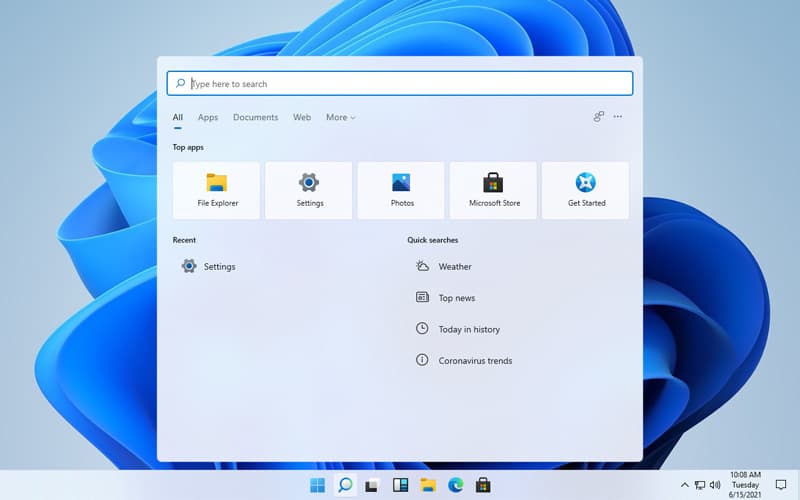
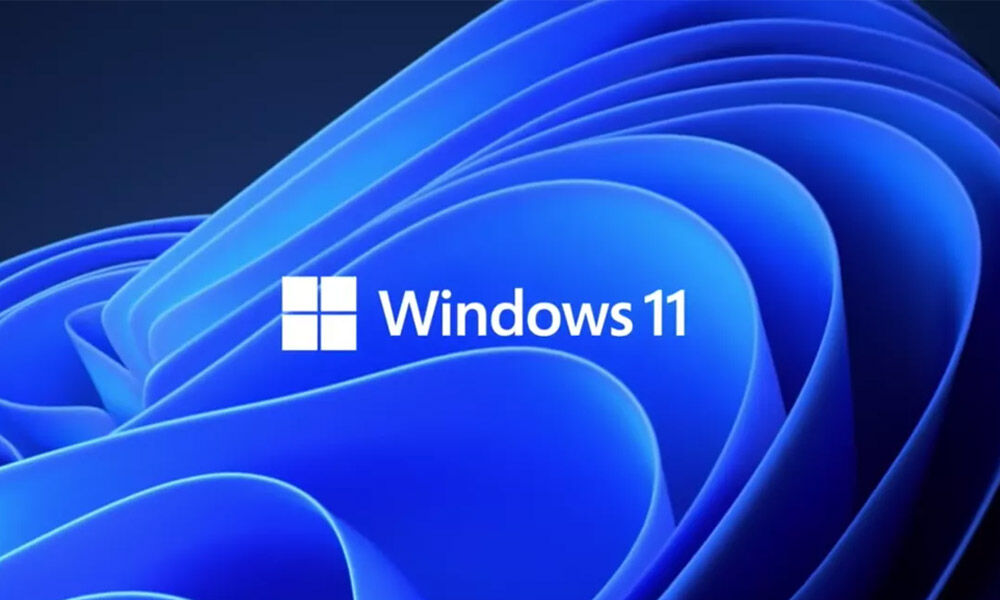



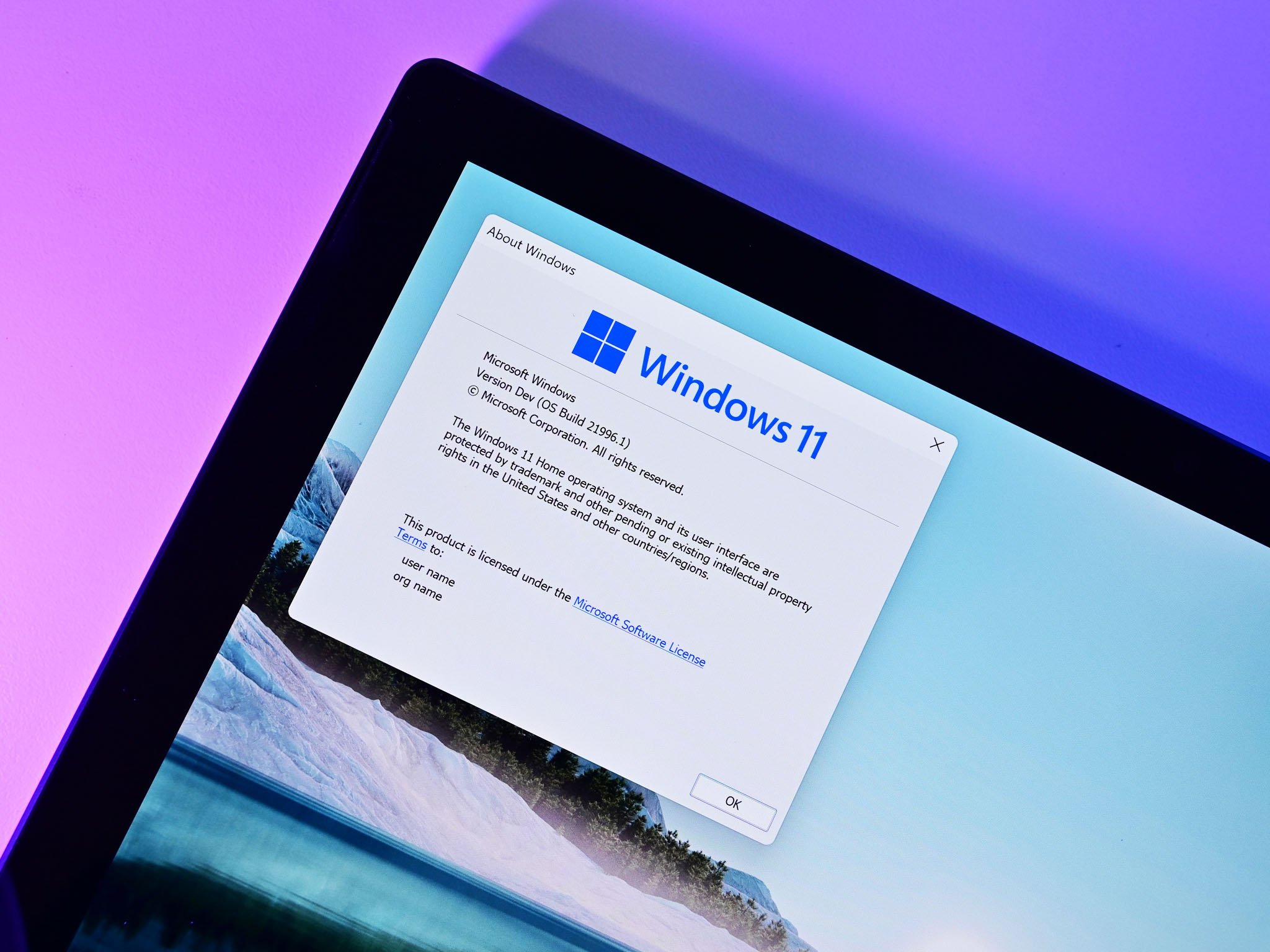
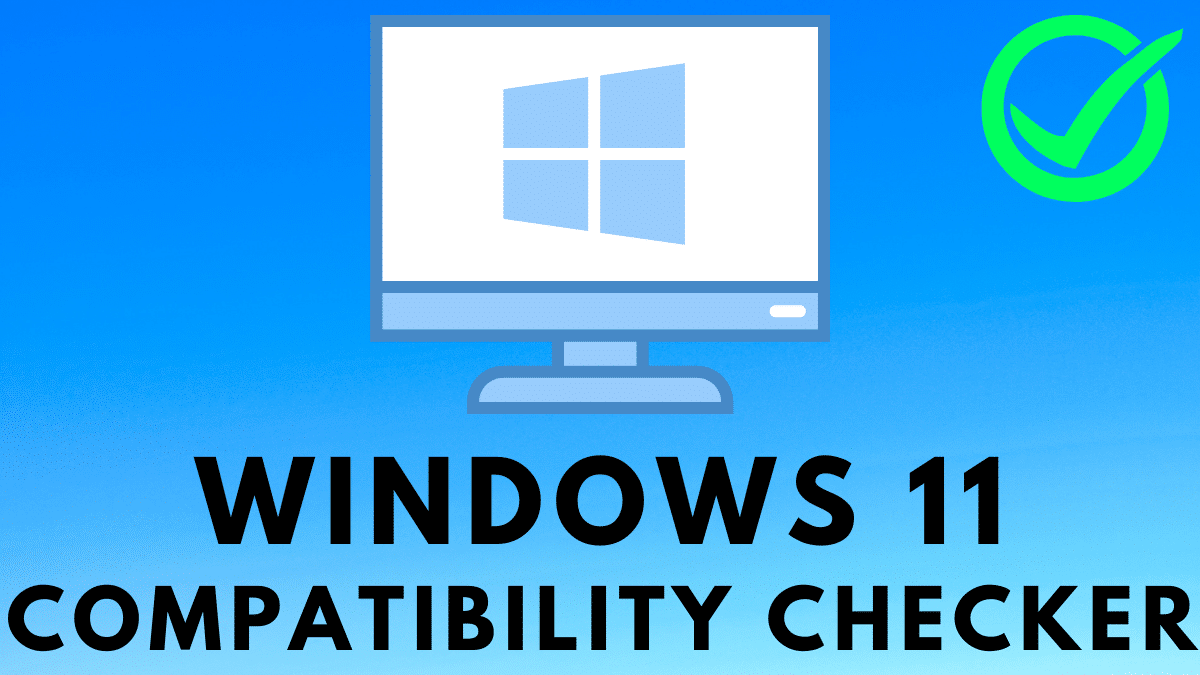


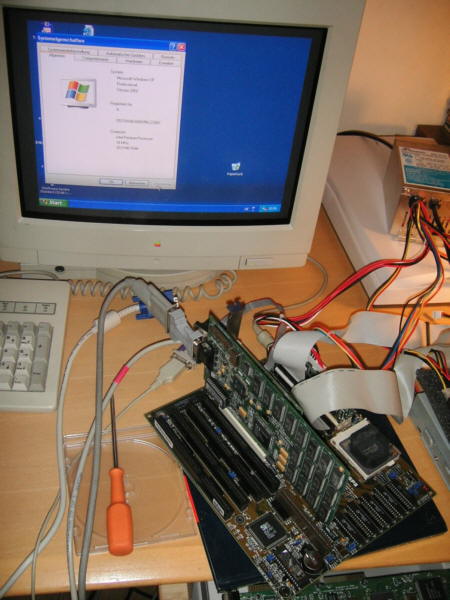














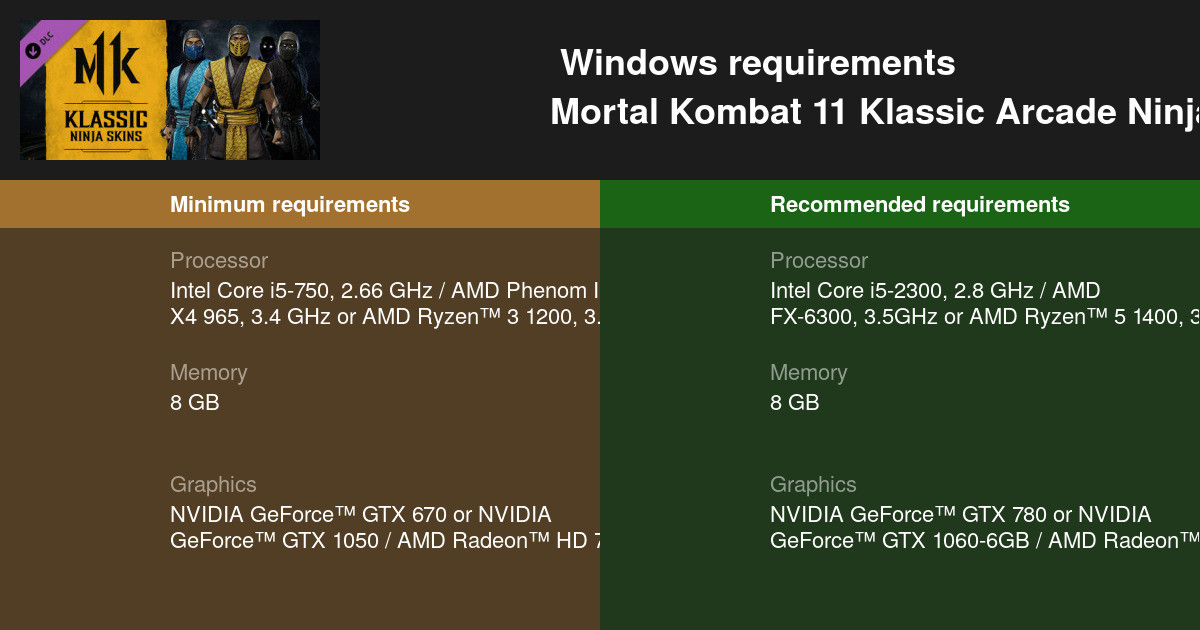



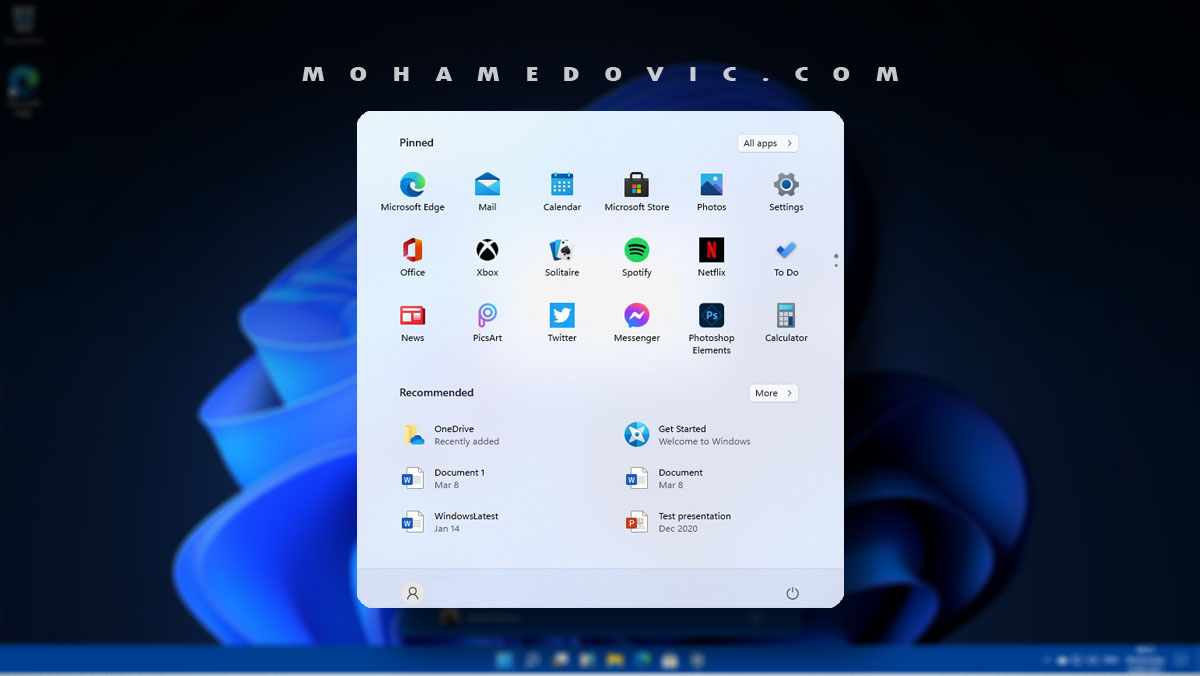
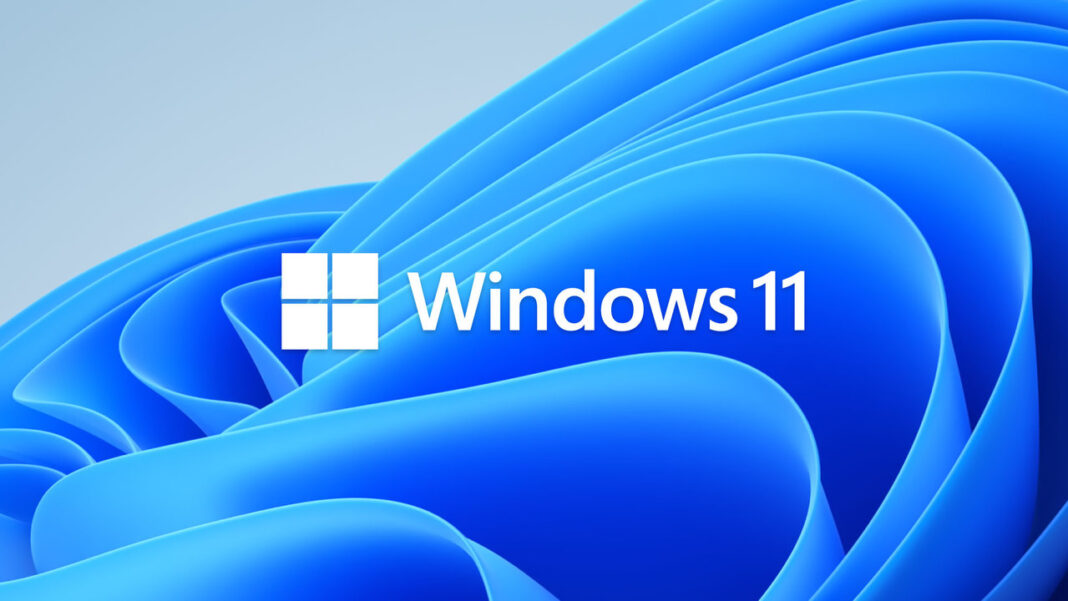

No comments:
Post a Comment
Note: Only a member of this blog may post a comment.